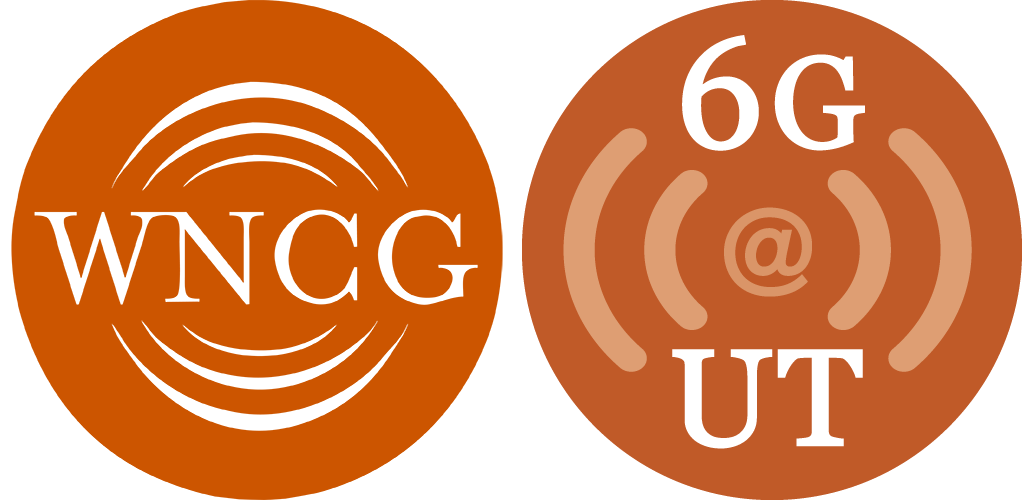In recent years, there has been rapid progress on understanding Gaussian networks with multiple unicast connections and new coding techniques have emerged. The essence of multi-source networks is how to efficiently mitigate interference from the transmission of other sessions. Recently discovered interference alignment has led to a paradigm shift that interference might not be quite as detrimental after all. For multi-source Gaussian relay networks, interference cannot only be aligned, it can also be cancelled through multiple channel paths called interference neutralization. This interference neutralization plays a key role in overcoming the interference barrier for multi-source Gaussian relay networks. The first part of the talk will cover these new coding techniques.
The second part of the talk will be about the computation over Gaussian networks. In various applications such as distributed averaging, alarm detection, and environmental monitoring, a fusion center or a coordination node wishes to have a function of data or measurements via communication networks, rather than data or measurements themselves. The fundamental question is how to send data or measurements in a distributed manner over networks so that a fusion center can efficiently compute the desired function. In this talk, frequency histogram computation over Gaussian networks will be the main focus, which yields many fundamental statistics such as sample mean, variance, median, maximum, minimum, and so on. This is based in parts on joint work with M. Gastpar, C.-Y. Wang, S.-Y. Chung , S. A. Jafar, and T. Gou.
Interference alignment, interference neutralization, and function computation over Gaussian networks
Event Status
Scheduled
Event Details
Date and Time
Feb. 8, 2013, All Day

